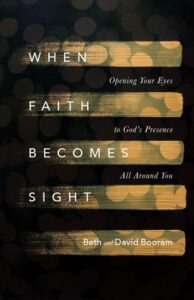 Summary: A well-written overview of issues of Latina/o theology and spiritual practice of the past 500 years.
Summary: A well-written overview of issues of Latina/o theology and spiritual practice of the past 500 years.
Like many, I have primarily focused on Black and White issues of race. And like many, I know the weaknesses of not paying more attention to the nuances outside the Black/White binary. Romero centers the title as Brown Church because Latinx or Hispanic or various other overview designations are not either White or Black and, as such, are in that ‘liminal space between’, therefore Brown.
Robert Chao Romero is a Latino scholar and is one of the few that have worked to keep an understanding of spiritual matters in the academy’s perspective on Latinx Studies. Some of the problems of keeping religion in the academic study is the fault of the church, after all, there has been a distortion of Christian faith when it has essentially said, “It’s okay for us to decimate and enslave millions of ‘Indians’ and thousands of African slaves because we are saving their souls by sharing Christianity with them. Without us they’d just go to hell.” (pg 12)
The academy, on the other hand, tends to distort Christianity and see it only as an oppressive force and not see it as a force of change and empowerment. Romero opens up the book with several vignettes about actual people he knows (many of them students) that made writing the book salient. And those personal reasons for writing carry through in the passion of the book. Brown Church is easily in the top handful of books I have read this year, and I have highly recommended it.
Brown Church is broken into eight chapters and is only just over 200 pages. Romero packed an enormous amount of content into a relatively short book. The first four chapters are more historical overview while the last four chapters are more in-depth looks are particular aspects of biography (Oscar Romero and Cesar Chavez) and theology (Liberation Theology and social justice).








